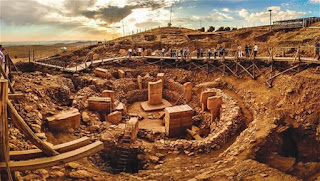Le thé turc a été exporté l’an dernier à 86 pays.
La Belgique et l’Allemagne sont les deux pays qui consomment le plus de thé turc.
Singapour, la Chine, le Congo, l’Ethiopie, le Sénégal, le Japon, la Somalie, le Ghana, Bahreïn, la Gambie, la Lituanie et le Nigéria sont les autres pays vers lesquels la Turquie exporte du thé.
Selon les données de l’Union des Exportateurs de la mer Noire de l’Est, la Turquie a exporté 6,7 millions de kg de thé à 86 pays et a gagné 28,7 millions de dollars.
La Turquie avait exporté 6 millions de kg de thé en 2015 et gagné 23,8 millions de dollars.
L’an dernier la Belgique a importé 2,1 millions de kg de thé depuis la Turquie.


